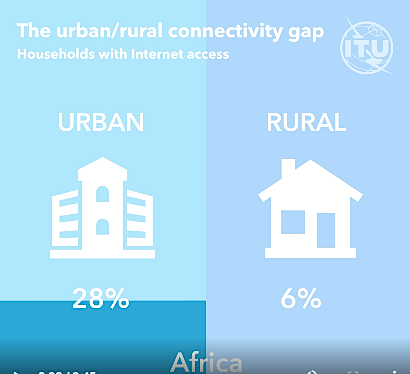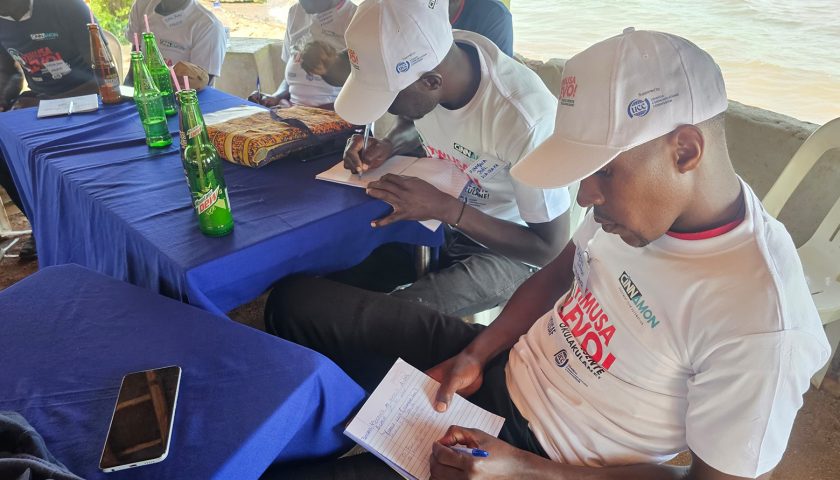While virtually all urban areas in the world are covered by a mobile-broadband network, worrying gaps in connectivity and Internet access persist in rural areas.
This is according to Measuring Digital Development: Facts and figures 2020, a new report launched today by the International Telecommunication Union. This matters even more due to the COVID-19 crisis, the ITU says.
The report says connectivity gaps in rural areas are particularly pronounced in least developed countries, where 17% of the rural population live in areas with no mobile coverage at all, and 19% of the rural population is covered by only a 2G network.
Furthermore, according to 2019 data, globally about 72% of households in urban areas have access to the Internet at home, almost twice as much as in rural areas at 38%.
“How much longer can we tolerate the significant gap in household connectivity between urban and rural areas,” asked ITU Secretary-General Houlin Zhao. “In the age of COVID-19, where so many are working and studying from home, this edition of Measuring Digital Development: Facts and figures sends the clear message that accelerating infrastructure rollout is one of the most urgent and defining issues of our time.”
This edition of Measuring Digital Development: Facts and figures is released at a challenging time as COVID-19 wreaks havoc on lives, societies and economies around the world, said Doreen Bogdan-Martin, Director of the ITU Telecommunication Development Bureau.
“For the first time, our research contains estimates of the connectivity status of small island developing states and landlocked developing countries, in addition to least developed countries: this is a very important milestone in our efforts to achieve sustainable development for all,” she added.
The research reveals that about a quarter of the population in least developed countries and landlocked developing countries, and about 15% of the population in small island developing states do not have access to a mobile-broadband network, thus falling short of the Sustainable Development Goals Target 9.c to significantly increase access to information and communications technology and strive to provide universal and affordable access to the Internet in least developed countries by 2020.
Internet use prevalent among youth
However, Internet use is consistently more widespread among young people, irrespective of region or level of development. Whereas just over half of the total global population is using the Internet, the proportion of Internet use increases to almost 70% among young people aged 15-24 years.
In least developed countries, 38% of youth are using the Internet, whereas the overall share of people using it, including youth, stands at 19%.
In developed countries, virtually all young persons are using the Internet, while the highest youth/overall ratio is present in Asia and the Pacific.
Slower infrastructure rollout
The report notes that the latest ITU data demonstrate that the roll-out of mobile-broadband networks has been slowing in 2020.
“Between 2015 and 2020, 4G network coverage doubled globally and almost 85% of the global population will be covered by a 4G network at the end of 2020,” the ITU says.
Yet, annual growth has been slowing down gradually since 2017, and 2020 coverage is only 1.3 percentage points higher than 2019.
In addition to infrastructure roll-out, the digital gender divide, lack of digital skills and affordability continue to be major barriers to meaningful participation in a digital society, especially in the developing world where mobile telephony and Internet access remain too expensive for many.
Source: biztechafrica
You too can share your story or journey. Send it to editor@postdator.com




